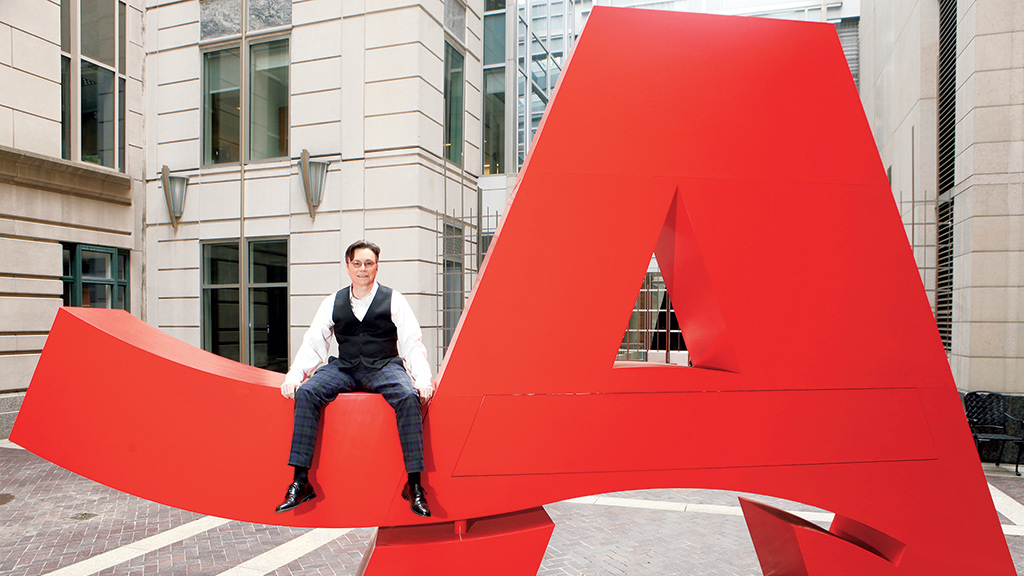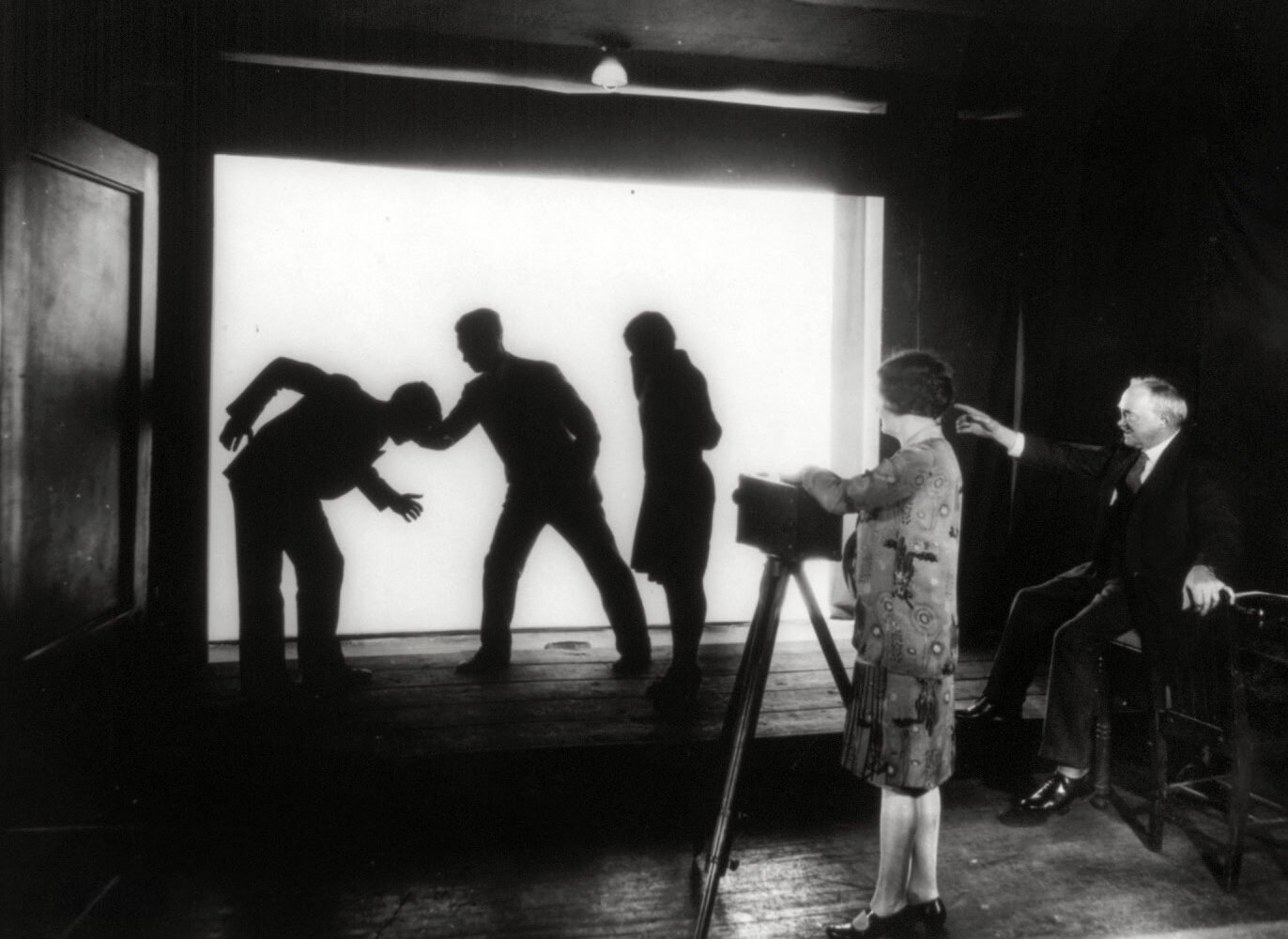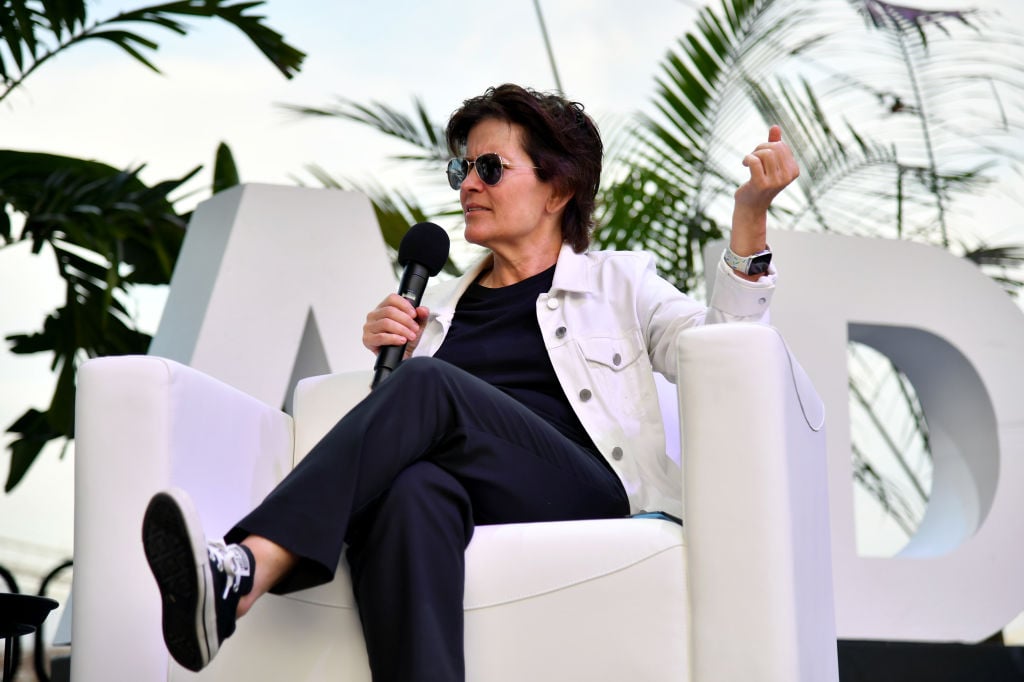In the current dismal and disintegrating media environment, publishers, editors, and reporters alike spend our days chasing millennials and post-millennials: What will they read, and how will we advertise to them? A good antidote to our common dread is a visit to the Gallery Place offices of AARP the Magazine, where, as I write, the staff is busily preparing to send out 22 million copies in three editions—one for people ages 50 to 59, one for 60-to-69-year-olds, and another for those 70-plus. It has the largest circulation of any magazine in the world.
In fact, the readership is probably much higher: Usually, only one copy goes to a household, even if two dues-paying AARP members live there. The magazine’s parent organization—originally called the American Association of Retired Persons—has nearly 38 million adherents, 50 and older, who pay $16 a year for benefits such as discounts on car rentals, insurance, meals at Denny’s, and six annual issues of the mag, as well as to support AARP’s considerable lobbying muscle.
But wait—Denny’s? Isn’t that just a sign of how irrelevant these oldsters are, compared with the 18-to-54 demographic that fancy media empires are cracking their skulls to engage? Well, no. The published rate for a full-page ad across AARP’s editions is $667,800—more than at either People or Better Homes and Gardens, the only US magazines that reach more readers. Over the past five years, advertising revenues are up by 18 percent. (Employees, seemingly without irony, refer to AARP the Magazine as ATM.)
What’s more, AARP’s audience—its print audience—is growing, according to figures from the Association of Magazine Media. AARP added 1,085,000 print readers over the past year—almost twice the average Sunday circulation of the Washington Post. If CSI: Miami had as many eyeballs, David Caruso would be on Donald Trump’s shortlist for Vice President.
And while I’d never knock a Lumberjack Slam, AARP’s baby-boomer readers still need a place where their tastes feel relevant—where Bob Dylan is still scrutable and where Hunter S. Thompson, not Gawker, defines edgy writing. Which is why, in 2013, AARP hired as Editor in Chief Robert Love, a longtime Rolling Stone editor who wrangled Thompson himself. “I didn’t do drugs with him, I didn’t drink with him,” Love says about how he survived working with the gonzo journalist while others faltered, mostly by trying to keep up. “He called me ‘the Pyramid’ because I was always in New York emanating calm.”
Love’s serenity is echoed in the magazine, which addresses conventional elder issues—health, finances, retirement—but also boomer concerns, or what Love calls “matters of the soul and matters of the self.”
The boomer focus isn’t merely a calculated play to a demographic; it’s part of the DNA of the magazine, which is the product of a 2001 merger between Modern Maturity, a more geezerly read that the association had published since 1958, and My Generation,an AARP magazine aimed squarely at boomers, who were then aging into the sweet spot of membership in the organization.
Since it hired Love, AARP often has had the feel of a Rolling Stone that decided to age naturally. A recent issue featured Sally Field posing pleasantly with a garden implement on the cover, while inside Loretta Lynn talked about her new record. Videos from Lynn’s photo shoot have been viewed nearly 650,000 times on AARP’s Facebook page. “Guess what,” Love says. “A lot of those original Rolling Stone readers are our readers now.”
Among Love’s innovations is the Personal Best section, where in recent issues Supreme Court justice Ruth Bader Ginsburg talked about her love of opera and political scientist Francis Fukuyama wrote about his woodworking. “Typically,” says Love, “we try to show people who are keeping on in their fifties, sixties, and seventies, who may be a little older but haven’t thrown in the towel. They have vibrant careers and are refusing to go to the sidelines just because of a number.” (Indeed, Love looks and sounds much younger than his 65 years.)
Almost by definition, monthly print magazines are boomer organs: The median age for readers of glossies has gone up steadily. But in February, Meredith announced it would close More, a luxury magazine aimed at middle-aged women. (Its founding editor, Myrna Blyth, is currently AARP’s editorial director and hired Love.) None can approach the power of AARP’s audience. Last February, Bob Dylan came to AARP offering an exclusive interview about his new album, Shadows in the Night. Love volunteered for the job, meticulously preparing to speak about the standards that make up the collection. “If you want to give yourself a heart attack as a music journalist,” he says, “go look at all those YouTube videos of Dylan where he’s snarling at people, calling them stupid.”
The cramming worked. “I found the questions really interesting,” Dylan told him. “The last time I did an interview, the guy wanted to know about everything but the music.”
The challenge will be converting Generation X, the next group in the turnstile. (Kurt Cobain would have been eligible for AARP membership next year.) Love says the magazine has offered its cover to both Stephen Colbert (52) and Jon Stewart (53) as part of the courtship: “We connect with them through pop culture, of course, but also through their abiding interest in child-rearing, parent caretaking, et cetera.”
It doesn’t hurt to gently introduce them to the concept of nostalgia. In the December 2015/January 2016 issue, Chuck Klosterman, the 44-year-old journalist and author of books on hair metal and villains, found himself writing about the Challenger explosion, a defining moment for people born between 1965 and 1982. “It seemed like such a weird scenario that I felt an obligation to say yes,” Klosterman says. And why not? AARP may be his—and any print journalist’s—last chance to write like it’s 1999.
Senior editor Andrew Beaujon can be reached at abeaujon@washingtonian.com. On Twitter, he’s @abeaujon.
This article appears in our June 2016 issue of Washingtonian.




















